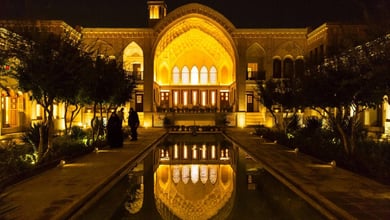Maranjab Travel Guide: Top Sights & Tips + Photos
A journey through the Maranjab desert
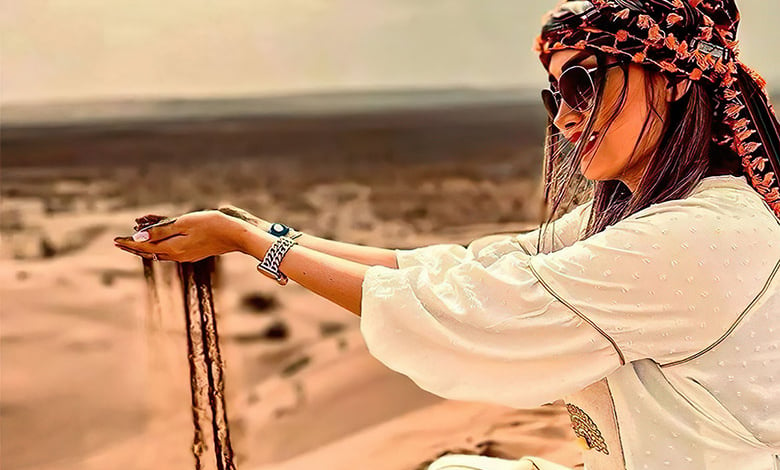
Discover the captivating beauty of Maranjab, a breathtaking destination that offers a unique blend of adventure and serenity in the heart of Iran’s desert landscape. Maranjab Desert stands as a testament to nature’s artistry, featuring rolling sand dunes, vast clear skies, and the enchanting Maranjab Caravanserai, a historical oasis that has welcomed weary travelers for centuries.
This ancient inn, located amidst the desert expanse, provides a glimpse into the rich history and culture of the Silk Road era.

Not far from the caravanserai, the Maranjab Salt Lake emerges as a natural wonder, its crystalline surface mirroring the sun’s rays, creating a mesmerizing spectacle. Visitors to Maranjab will find themselves enthralled by the stark beauty of the desert, the architectural marvel of the caravanserai, and the tranquil allure of the salt lake.
This guide aims to equip you with all you need to explore Maranjab’s unique landscape, from thrilling dune adventures to peaceful nights under the stars. Embark on a journey to Maranjab, where the harmony of nature and history creates an unforgettable experience.

For the intrepid traveler, Salt Lake Aran and Bidgol Island offer sights that linger in memory long after the journey ends. These natural wonders, combined with the vastness of the Maranjab, create an experience that’s both humbling and exhilarating.
Whether you’re an adventurer, a nature lover, or someone seeking solace in the vast open spaces, Maranjab promises an experience that’s nothing short of transformative.

Beyond the nature, the Maranjab Desert proudly showcases its deep-rooted cultural heritage. Every grain of sand seems to whisper tales from the past, and every gust of wind carries stories of ancient travelers.
Venture further, and the traditional villages of Maranjab extend a warm welcome. Here, you don’t just hear stories; you live them. Engage with the local desert dwellers, and get a firsthand understanding of their time-honored traditions and resilient lifestyles.

For those whose heartbeats resonate with the call of adventure, Maranjab lays out an adrenaline-packed menu. Whether it’s feeling the rhythm of the desert atop a camel, gliding down dunes while sandboarding, or navigating the vastness in a 4×4 safari, the desert promises thrills that are both raw and refined.

But if you’re looking to capture moments, the Maranjab Desert is a photographer’s dream canvas. The play of shadows and light, set against a backdrop of an ever-changing landscape, presents a challenge and charm like no other. Every click here can be a masterpiece, whether it’s of a camel silhouetted against the setting sun, a fleet-footed desert hare, or a bird soaring against the azure sky. Your journey through Maranjab won’t just be etched in memory, but can also be frozen in frames, making every moment timeless.
Contents
Where is Maranjab desert located?
The Maranjab Desert is located in Iran, in the central part of the country. Specifically, it is situated in the Isfahan province of Iran and in the northern edge of Dasht-e Kavir desert, one of the two large deserts in Iran.

It is bordered by the cities of Isfahan, Kashan, and Natanz. The desert is also located near the Maranjab Salt Lake and the Aran va Bidgol city. It is relatively close to Tehran, which is the capital of Iran and can be reached in about 4 hours drive. The desert is also accessible via the Isfahan-Natanz road and the Kashan-Natanz road.
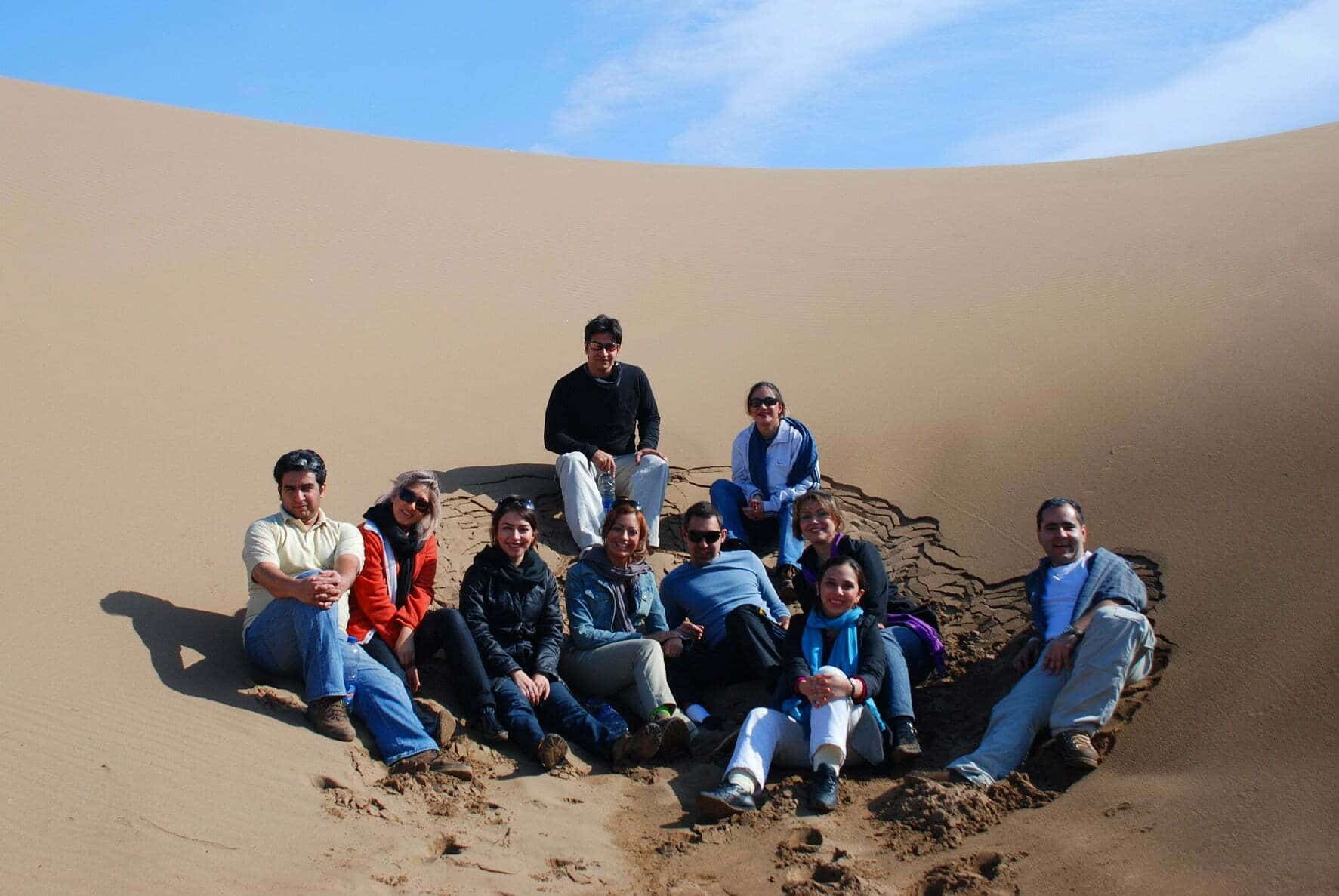
The sand dunes in the Maranjab Desert can reach heights of up to 500 meters and can be found in various shapes and sizes. The most common types of dunes found in the Maranjab Desert are barchan, transverse, longitudinal, and star dunes. These dunes are constantly shifting and changing due to the wind patterns in the desert.

There is a large Lake called the Maranjab Salt Lake in Maranjab. The lake is located near the city of Aran va Bidgol, and it is a popular destination for tourists and locals alike. The lake is fed by a number of small rivers, which carry salt and minerals into the lake.

The water in the lake has a high salt concentration, making it inhospitable for most forms of aquatic life. However, it is a good habitat for some species of brine shrimp and some types of migratory birds.
The best time to visit Maranjab Desert
The best time to travel to the Maranjab Desert in Iran depends on the specific activities you plan to do and your personal preferences. Spring (March to May) is a great time to visit. he weather is also mild, with temperatures ranging from 15 to 25 degrees Celsius (59 to 77 degrees Fahrenheit).
In summer the temperatures can be very hot, reaching up to 45 degrees Celsius (113 degrees Fahrenheit) during the day.

Maranjab Caravanserai
The Maranjab Caravanserai is a historical inn located in the Maranjab Desert in Iran. The caravanserai was built in the 17th century during the Safavid Dynasty, and it served as a resting place for caravans traveling through the desert.
The caravanserai is made of clay bricks and has a traditional architectural style, with a central courtyard surrounded by rooms for travelers and their animals. It also contains a mosque, a well, and a stable.
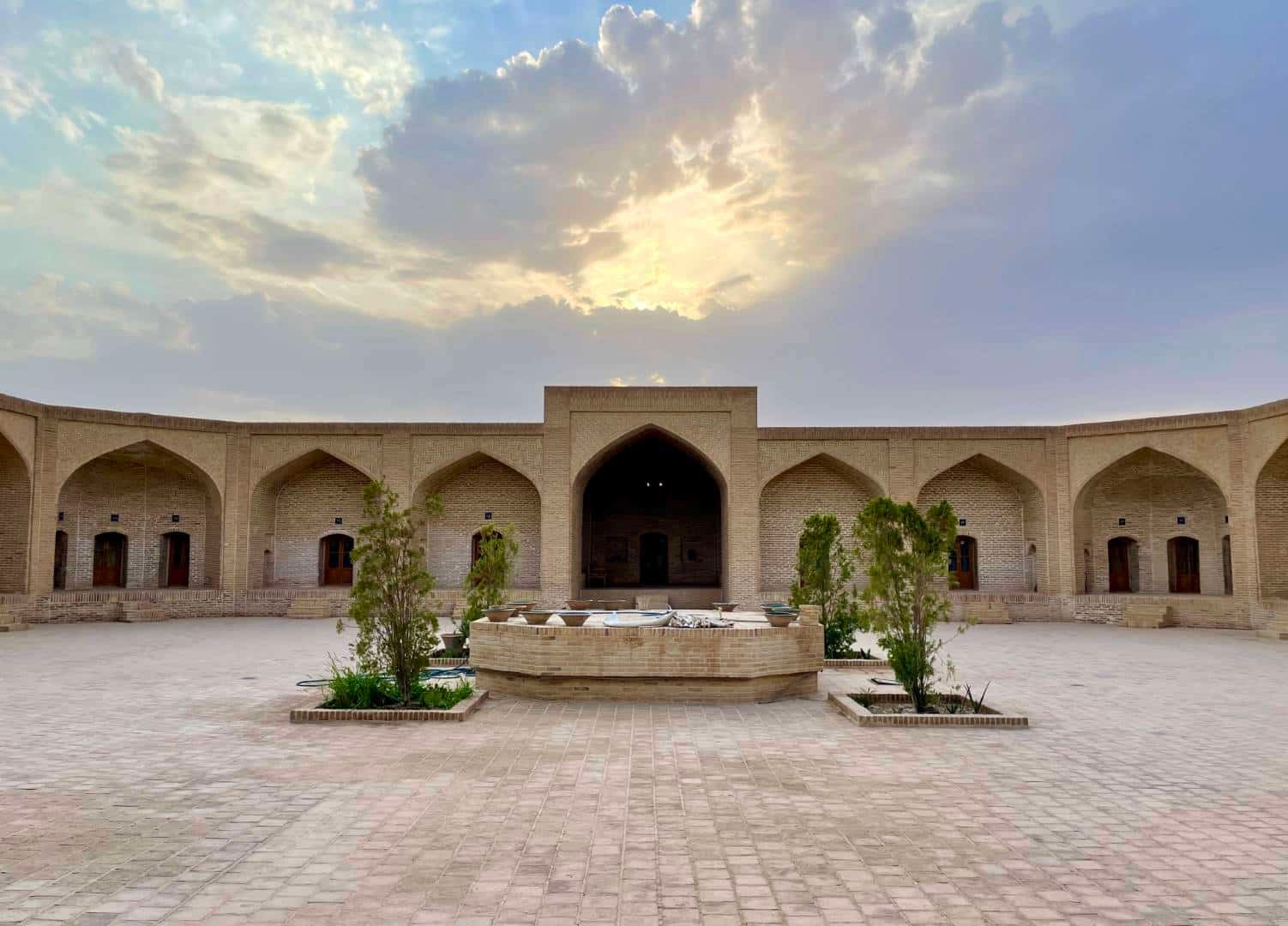
The caravanserai is one of the best-preserved examples of this type of architectural structure in Iran. It is now a protected national monument and open to the public for visits. It’s a great place to explore and learn about the history of trade and travel in the desert.
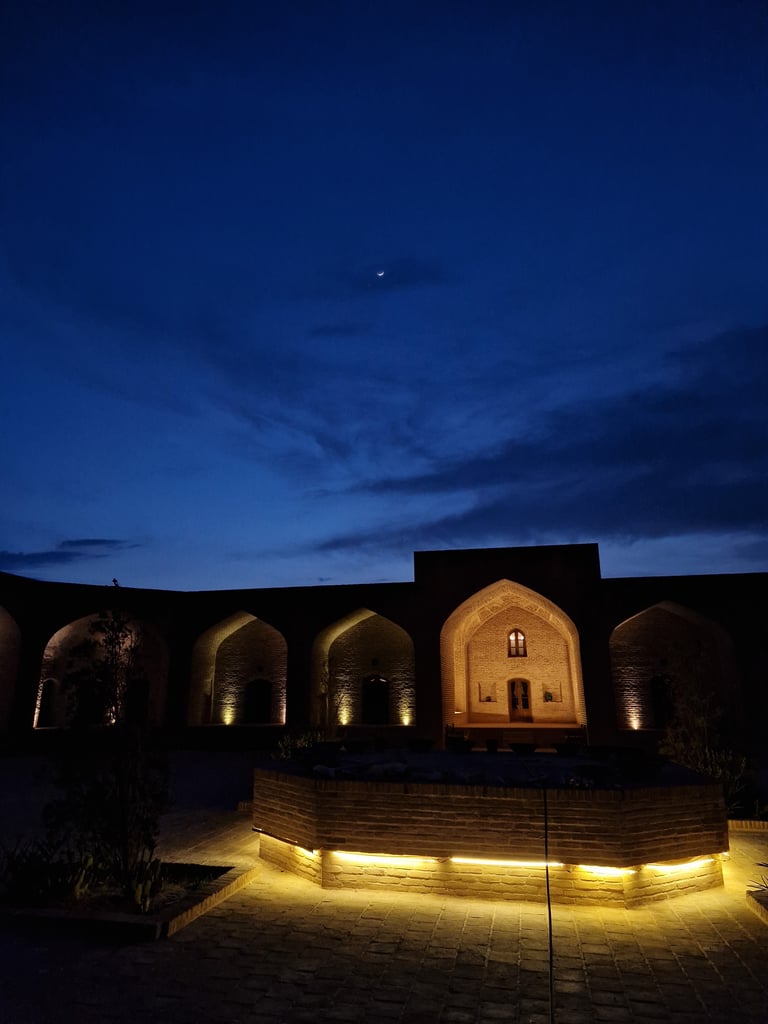



The caravanserai is located in the heart of the Maranjab Desert, on the edge of the Maranjab Salt Lake and surrounded by beautiful sand dunes.
It’s a great place to stop by if you’re interested in history, architecture and culture, and also it’s a good spot for photography, especially at sunset and night.
What are the activities in Maranjab?
Activities in the Maranjab desert include desert camping, sandboarding, camel and jeep safaris, and stargazing. Visitors can also explore the desert’s unique flora and fauna, and visit historical sites such as the Maranjab Caravanserai. Some people also use the desert for photography.

Additional activities in the Maranjab
- Hiking and trekking through the dunes
- Visiting salt lake
- Participating in desert survival training
- Exploring the Maranjab Qanat, an ancient irrigation system
- Visiting the Maranjab Castle, a medieval fortification
- Photography workshops and tours
- Kite-flying and paragliding
- Camel riding
- visiting the desert’s traditional villages.
Maranjab: FAQs
The ideal time to visit Maranjab is during the cooler months, typically between October and April, to avoid the intense summer heat.
Absolutely! You can experience the desert night by staying at traditional accommodations, including the historic Maranjab Caravanserai.
Yes, among the notable sites are the Maranjab Caravanserai and traditional villages showcasing the lifestyle of desert inhabitants.
Essentials include comfortable clothing, sturdy shoes, sun protection (hat, sunglasses, sunscreen), plenty of water, and a camera to capture the breathtaking landscapes.
Yes, Maranjab offers activities like camel riding, sandboarding, and 4×4 safaris for adventure enthusiasts.
Maranjab Desert is approximately 300 kilometers (around 186 miles) northeast of Tehran, which takes about a 4-hour drive.
Read More
